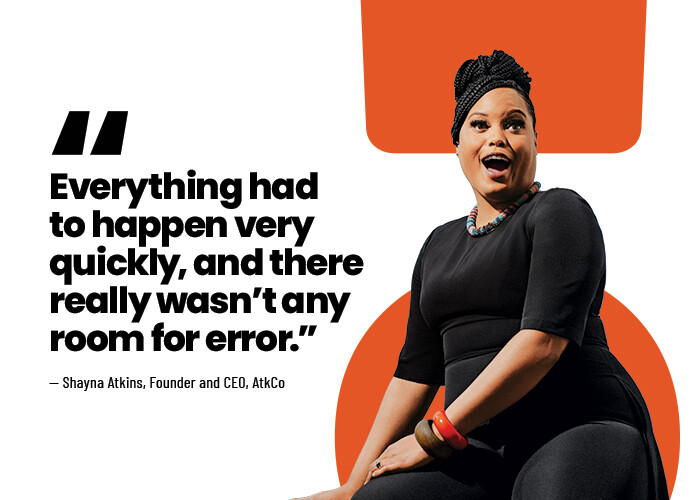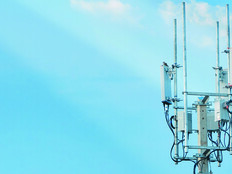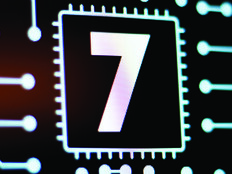The Bandwidth to Support a National Convention and City
With 50,000 visitors expected for last July’s Republican National Convention, Milwaukee CIO David Henke was focused on beefing up the network at 5400 South 60th Street. The 165,000-square-foot facility would be the temporary emergency operations center for various state and local public safety agencies.
“We were very fortunate that the building was basically a turnkey operation,” Henke says, explaining how it had previously served as the headquarters for Goodwill Industries of Southeastern Wisconsin. There were already data closets and interior wiring in place, “so we just threw in our own work switches and were able to get a short-term fiber-optic service,” he says.
Milwaukee relies on Extreme Networks for most of its networking infrastructure, and it typically leverages the company’s Fabric Connect solution when it needs to scale up its fiber backbone. The challenge in this case involved extending the city’s network across a leased circuit. Officials also had to determine how much bandwidth the building’s many users would need.
“We knew that a typical police district in Milwaukee used from around 500 megabits to 1 gigabit, so we decided to start with a gigabit circuit,” Henke says. The convention brought in AT&T to do the requisite work, and then organizers learned that law enforcement agencies would be downloading video from 1,200 body cameras at the end of each day.
DISCOVER: Follow these steps to prepare your network for IPv6.
“That was kind of a shock — like maybe 1 gig wasn’t enough,” Henke says. They made a call and added another circuit, “and the good thing was, that gave us some diversity if something happened and one circuit went down.”
With the date of the convention fast approaching, the Milwaukee Information and Technology Management Division turned their attention to other tasks. They installed Cisco wireless APs to provide public access to Wi-Fi, and they created a dedicated conference room with a projector and workstations for hosting virtual meetings.
The team provided support to agencies 24 hours a day for the duration of the event, but it also attended to everyday tasks, serving the city as usual.
“That’s something that the mayor made very clear, that even though the RNC was here, that didn’t mean we’d stop what we were doing,” Henke says. It was a really busy week that had the networking team scrambling, “but everything went well, and we stayed open for business.”
UP NEXT: Upgrades to Navy networks will provide fleetwide connectivity.












